To monitor and assess perovskite solar cells’ stability and performance operating outdoors in a contactless way, a team led by researchers from the University of New South Wales (UNSW) demonstrated a solution that relies on photoluminescence measurements and open-circuit voltage imaging techniques.
The team said it was the first proof of concept for quantitative outdoor implied open-circuit voltage (iVOC) imaging.
“Our study demonstrates outdoor photoluminescence (PL) and implied open-circuit voltage imaging of perovskite solar cells under full sunlight. In other words, it shows that we can now assess the spatial optoelectronic quality of these cells directly in the field,” Félix Gayot, corresponding author of the research, told pv magazine.
“This capability could be particularly valuable for researchers conducting outdoor degradation or aging studies, as it provides critical spatial information throughout the experiment. We believe this added dimension of quality evaluation can significantly help deepen our understanding of perovskite solar cell degradation mechanisms.”
Compared to conventional PL imaging and standard outdoor monitoring, the researchers’ approach offers several benefits, according to Gayot. Traditional PL imaging typically requires a dark, light-tight environment to avoid interference from ambient light.
“Our method eliminates that need, enabling similar measurements under natural sunlight. Furthermore, it also demonstrates quantitative calibration of the signal into voltage, which was never done before outdoors for any type of device,” Gayot said.
The quantitative outdoor iVOC imaging referred to is an indirect method that previous research has used to evaluate the maximum achievable open-circuit voltage and the quality of photovoltaic devices. “Furthermore, measuring iVOC at different illumination intensities (suns-iVOC) and comparing it to the light current-voltage (I-V) curve provides information on series resistance,” explained the team.
“Compared to standard outdoor monitoring, which typically only provides global parameters such as efficiency, fill factor, and terminal current/voltage, the novel approach adds spatially resolved information, offering a much richer dataset for analysis,” Gayot said.
The novel method is non-invasive and contactless and relies on inexpensive equipment to obtain the outdoor images, such as a low-cost astronomy camera, an industrial lens, an off-the-shelf filter, and a free light source.
Indeed, the PL images were recorded with a complementary metal-oxide-semiconductor (CMOS) camera with single narrow bandpass filters (BPF) in front of the lens.
The PL setup involved imaging 5 cm × 5 cm mini-modules that had six encapsulated perovskite solar cells connected in series on a substrate. The cell devices measured in the iVOC imaging tests were smaller with an active area of 0.06 cm2 and a power conversion efficiency above 20%. The tests were performed with sunlight excitation under clear sky conditions in Sydney.
Further details of the setup and the results are provided in the study “Outdoor implied open-circuit voltage imaging of perovskite solar cells using sunlight excitation,” published in Joule.
The research team included researchers from China-based perovskite solar manufacturing equipment supplier Phoenixolar Optoelectronics Co., Ltd.
The group plans to expand the applications of the technology to concentrated photovoltaic (CPV) solar cells and to improve its robustness against temperature variations. “We are also planning to extend our method to tandem solar cells,” said Gayot.
This content is protected by copyright and may not be reused. If you want to cooperate with us and would like to reuse some of our content, please contact: editors@pv-magazine.com.
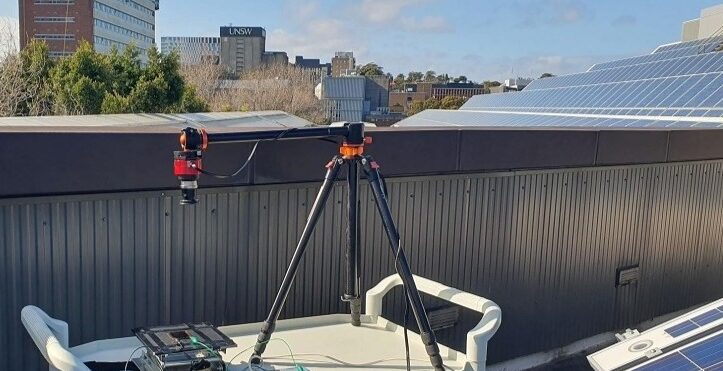
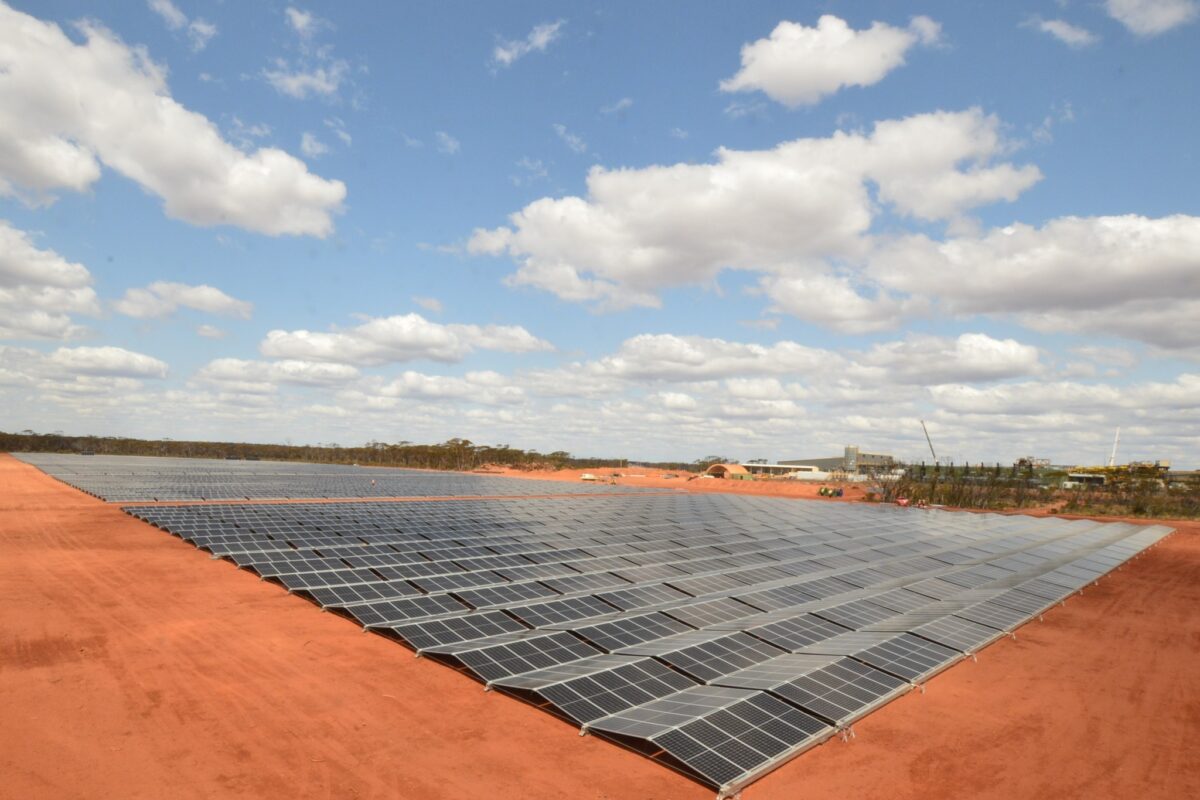

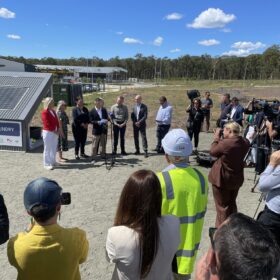
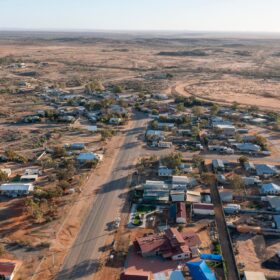
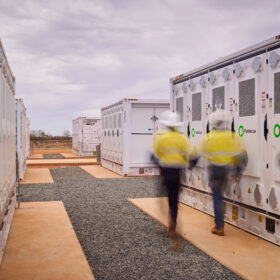
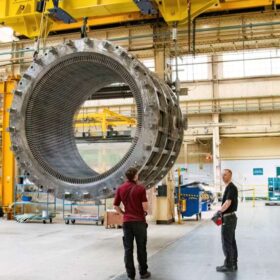

By submitting this form you agree to pv magazine using your data for the purposes of publishing your comment.
Your personal data will only be disclosed or otherwise transmitted to third parties for the purposes of spam filtering or if this is necessary for technical maintenance of the website. Any other transfer to third parties will not take place unless this is justified on the basis of applicable data protection regulations or if pv magazine is legally obliged to do so.
You may revoke this consent at any time with effect for the future, in which case your personal data will be deleted immediately. Otherwise, your data will be deleted if pv magazine has processed your request or the purpose of data storage is fulfilled.
Further information on data privacy can be found in our Data Protection Policy.